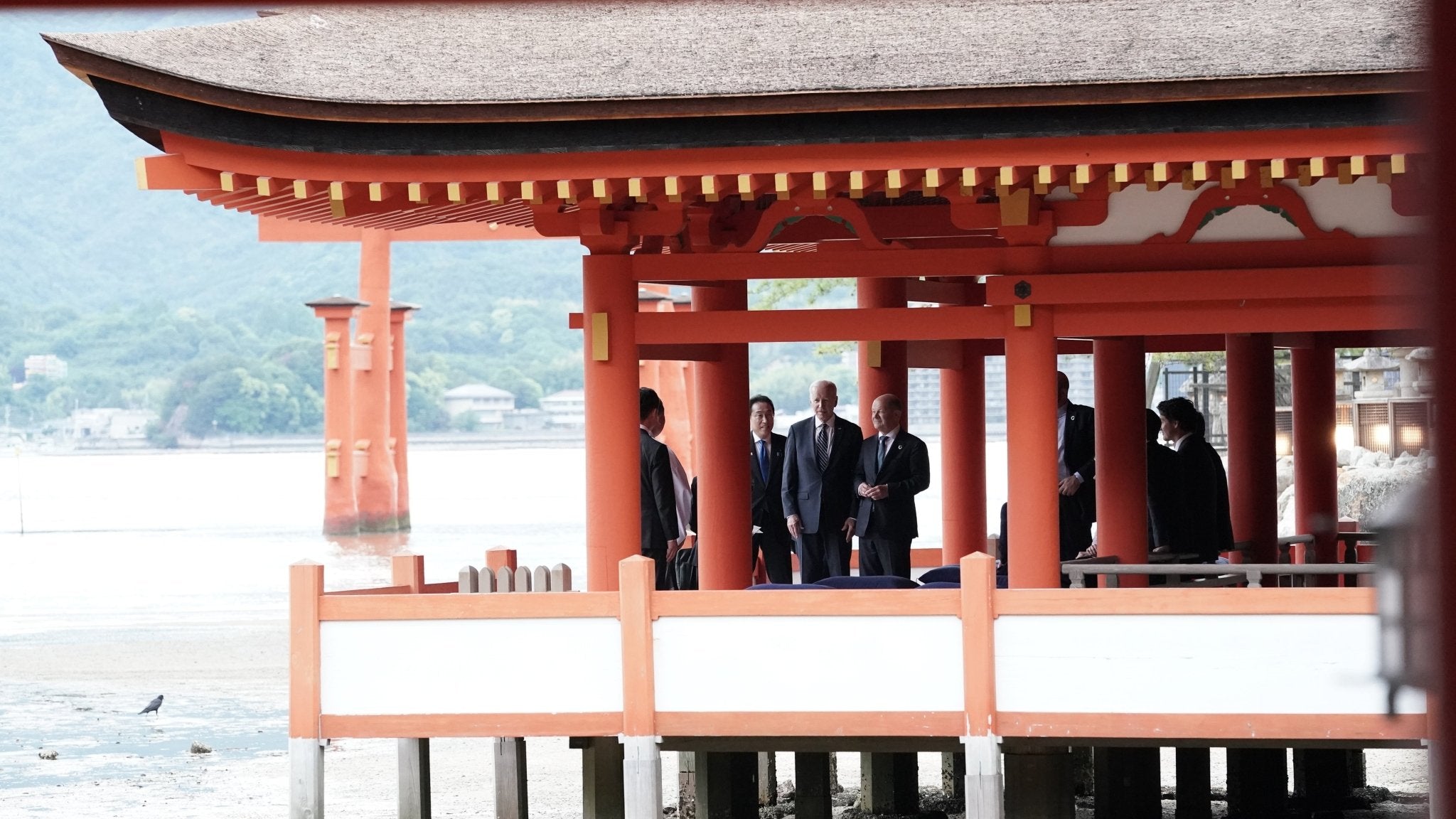
The Finest Japanese Crafts Presented at the G7 Hiroshima Summit
Written by Team MUSUBI
At the G7 Hiroshima Summit, which concluded on March 21, Prime Minister Fumio Kishida and his wife Yuko Kishida presented gifts to the heads of state and their partners as part of their hospitality. It has become customary in international conferences like G7 and G20 to distribute commemorative items to visiting heads of state, symbolizing the spirit of camaraderie and diplomatic relations. The Ministry of Foreign Affairs announced the gifts on its website and it was revealed that the following were presented.
tables of contents
Traditional Lacquer Art: "Iro-Miyabi" Fountain Pen (Sailor Fountain Pen Co., Ltd.)

In a graceful display of Japanese craftsmanship, the first offering comes in the form of the "Iro-Miyabi" Fountain Pen, a masterpiece of traditional lacquer art originating from Kure City in Hiroshima Prefecture, crafted by Sailor Fountain Pen Co., Ltd.
This piece artfully captures the essence of Japan's rich heritage through its vibrant colors and elegant aesthetics. Utilizing the technique of "iro urushi (colored laquer)," this fountain pen stands as a testament to the intricate artistry of the region. Delving into the rationale behind this choice, officials shed light on their environmentally conscious decision, emphasizing the desire to present a sustainable writing instrument that can be cherished and utilized for years to come.
This fountain pen is meticulously crafted using a lacquer technique called "ishime-nuri," in which multiple layers of colored lacquer are applied and polished to create a surface that resembles the texture of stone. The pen nib is made of 21-karat gold, a distinctive feature of the manufacturer, resulting in a supple and smooth writing experience. According to the company, the heads of state's first names are engraved on the pen nib. Similar fountain pens from this manufacturer were presented as souvenirs to heads of state at the 2008 Lake Toya Summit in Hokkaido.
Maki-e Glass: Wine Glass Set or Goblet Set(The seventh generation Kinjo Ikkokusai)

Hiroshima Lacquerware "Akebono"(Naoya Takayama)

Kabuki Glass(Santeplus, Inc)

Another gift for the G7 partners is the "Kabuki Glass," an innovative theater accessory equipped with an autofocus function, designed to enhance the theater experience and other similar settings. Developed by Naoaki Sakata, the founder of Santeplus, Inc, a company established in 2006, this product quickly gained popularity.
Inspired by his fascination with ballet and opera theater cultures during his overseas assignments, Naoaki visited numerous theaters in 15 countries, captivated by the immersive experience, dynamism, and intensity when sitting in the third row. His dedicated efforts were directed towards developing an ideal opera glass that would enable spectators, even from distant seats, to feel a sense of unity and immediacy with the stage. Collaborating with skilled artisans from various fields in Japan, it took two years to complete this ultimate theater and sports glasses.
With the aspiration to create a globally renowned product originating from Japan, he named it the "Kabuki Glass." The frame design draws inspiration from the elaborate face-painting of kabuki, while the bridge connecting the binocular tubes is reminiscent of a "Kabuto" (Samurai helmet). Seeking to evoke a sense of luxury associated with Japan, Naoaki gained inspiration from multiple visits to Kyoto's temples.
In presenting these exceptional gifts, Prime Minister Fumio Kishida and Yuko Kishida have not only showcased the exquisite craftsmanship of Hiroshima but also fostered cultural exchange and exemplified the spirit of "Made in Japan" craftsmanship.



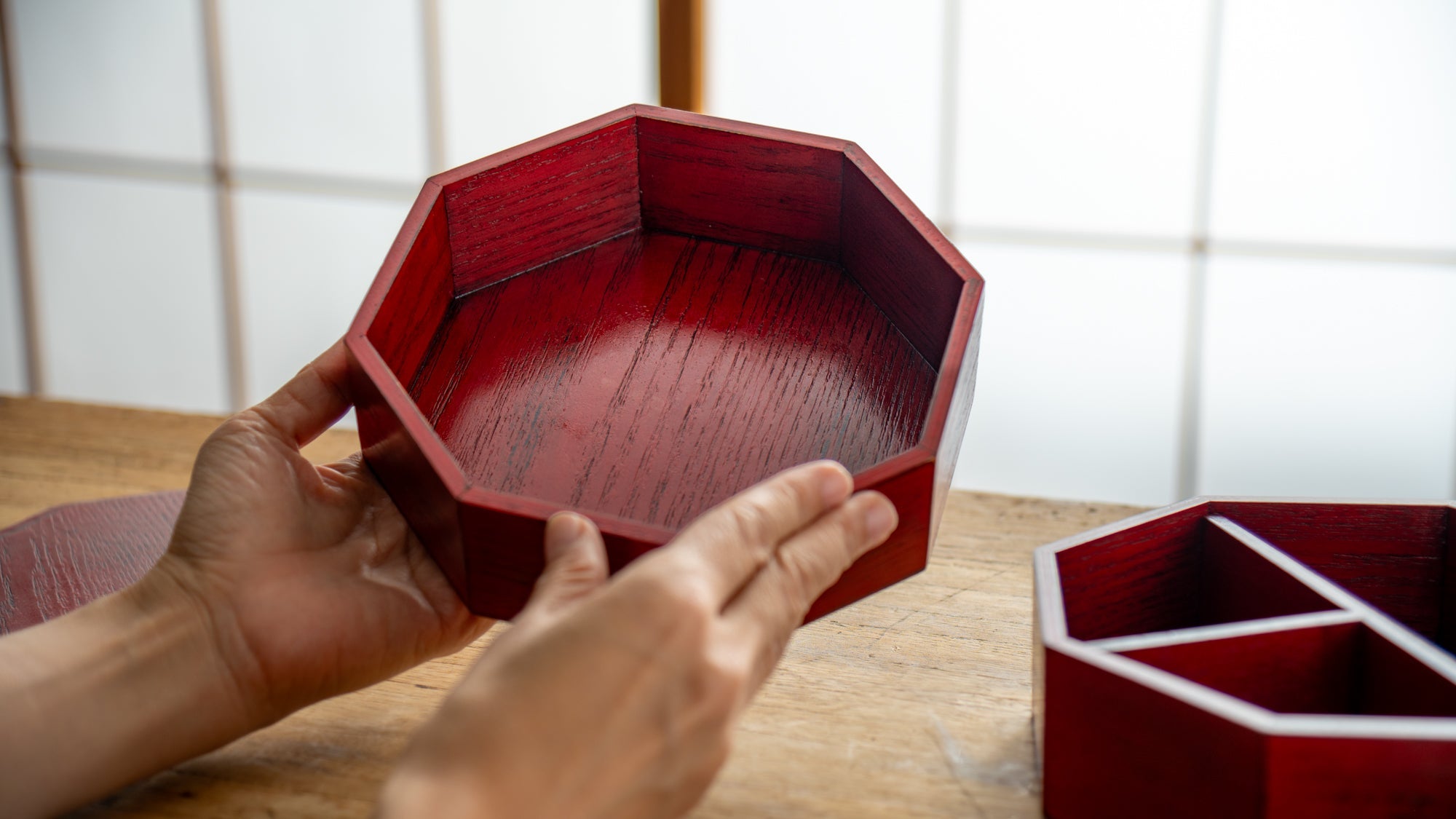

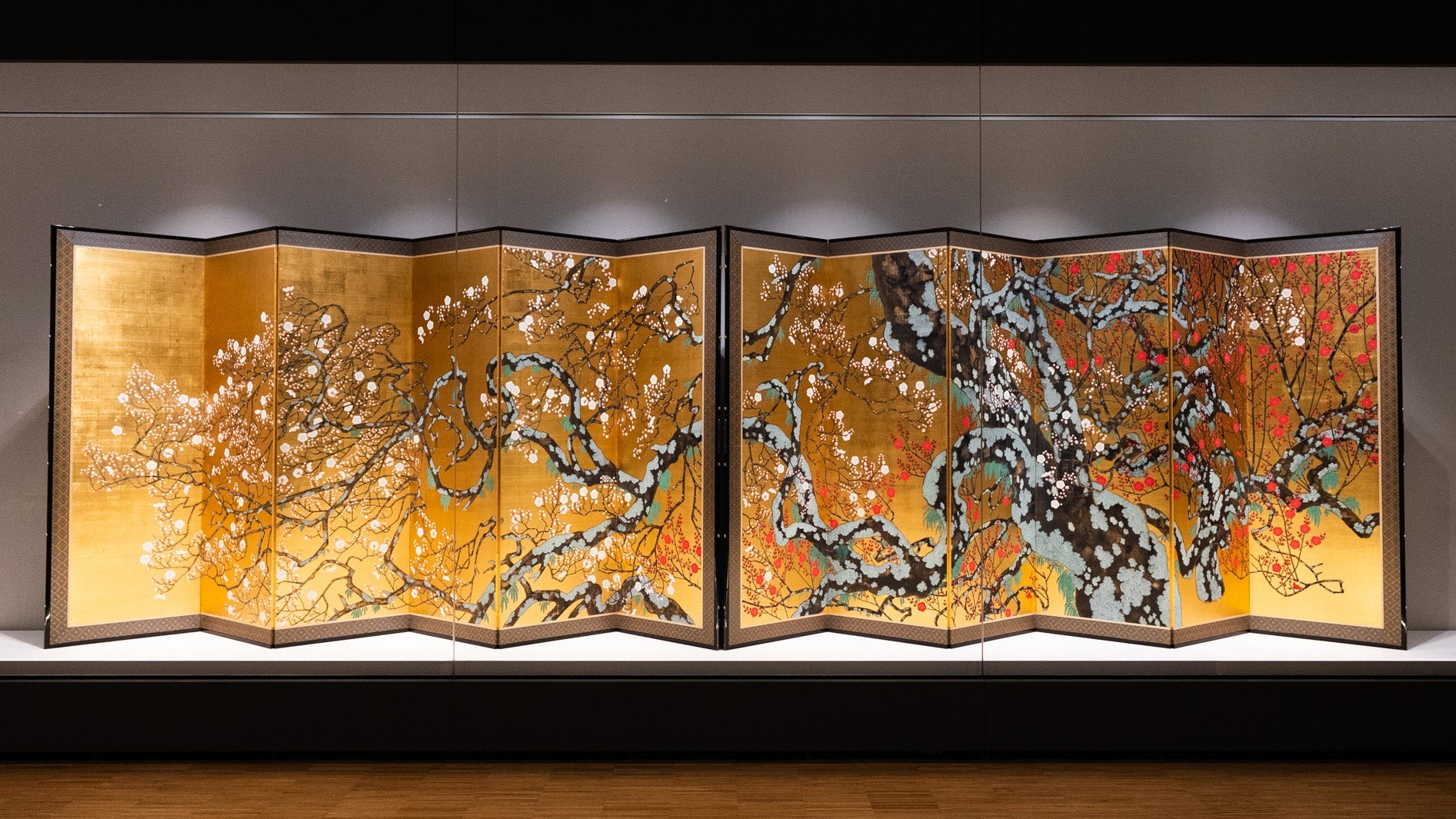
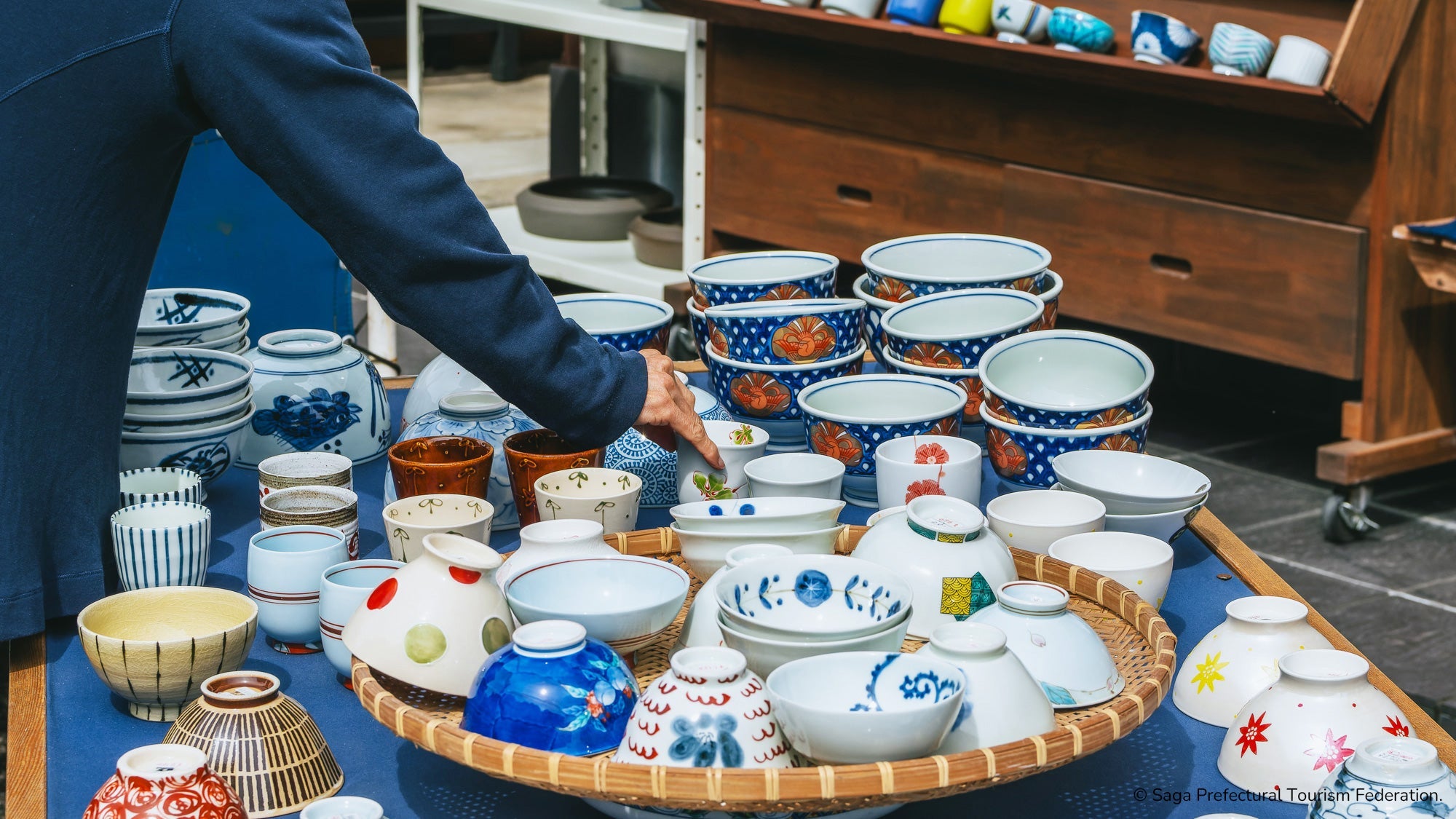
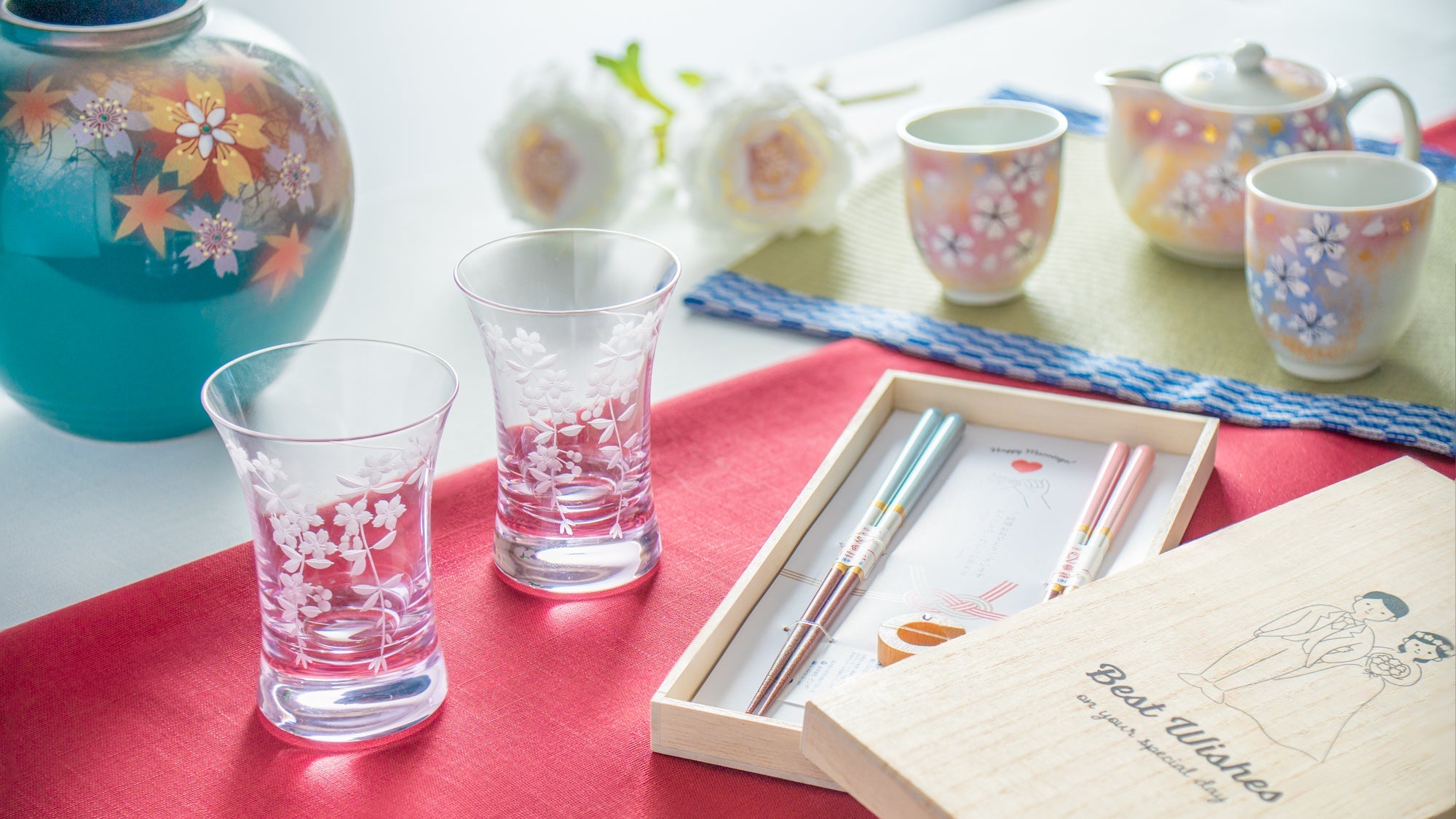
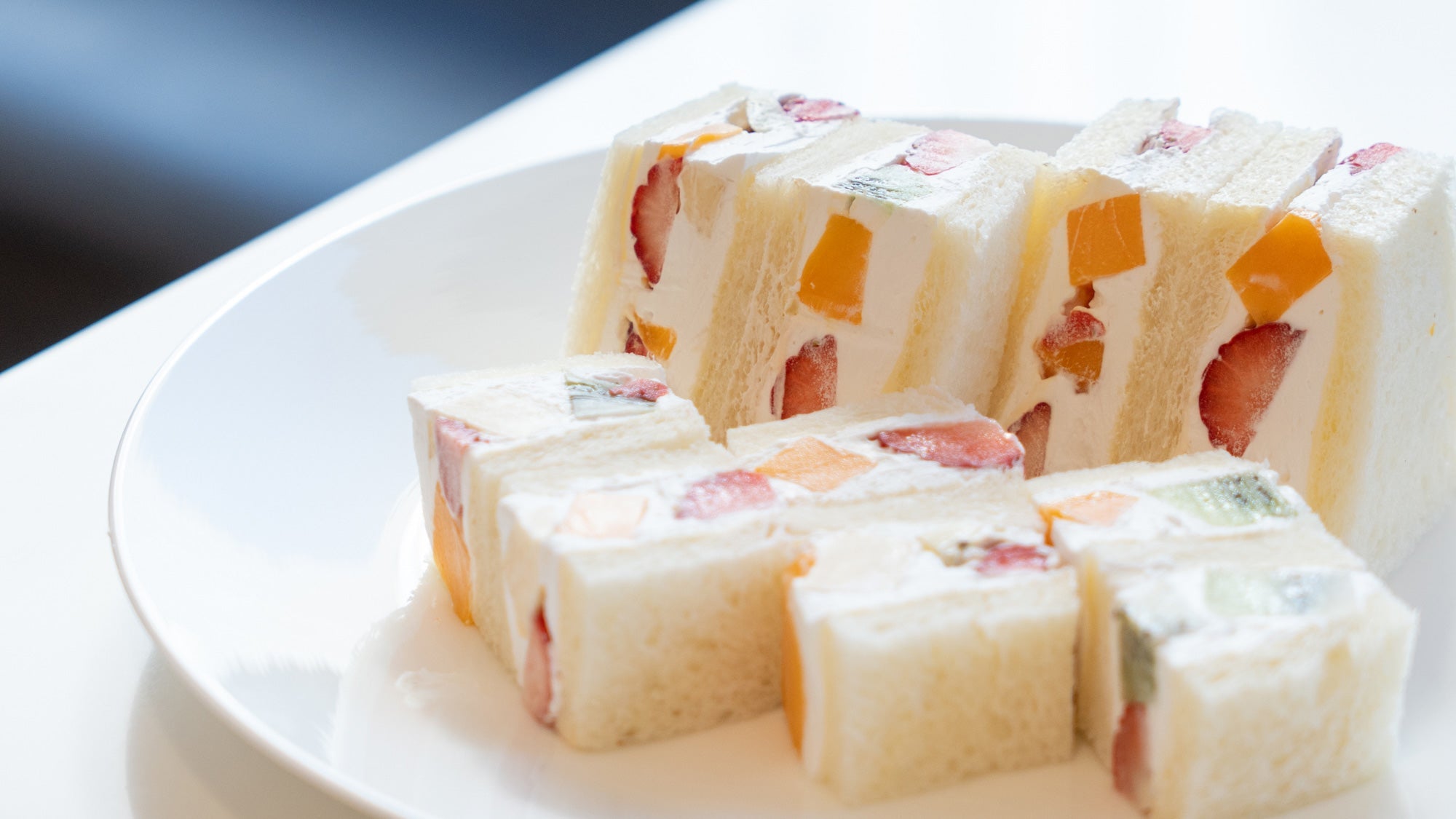

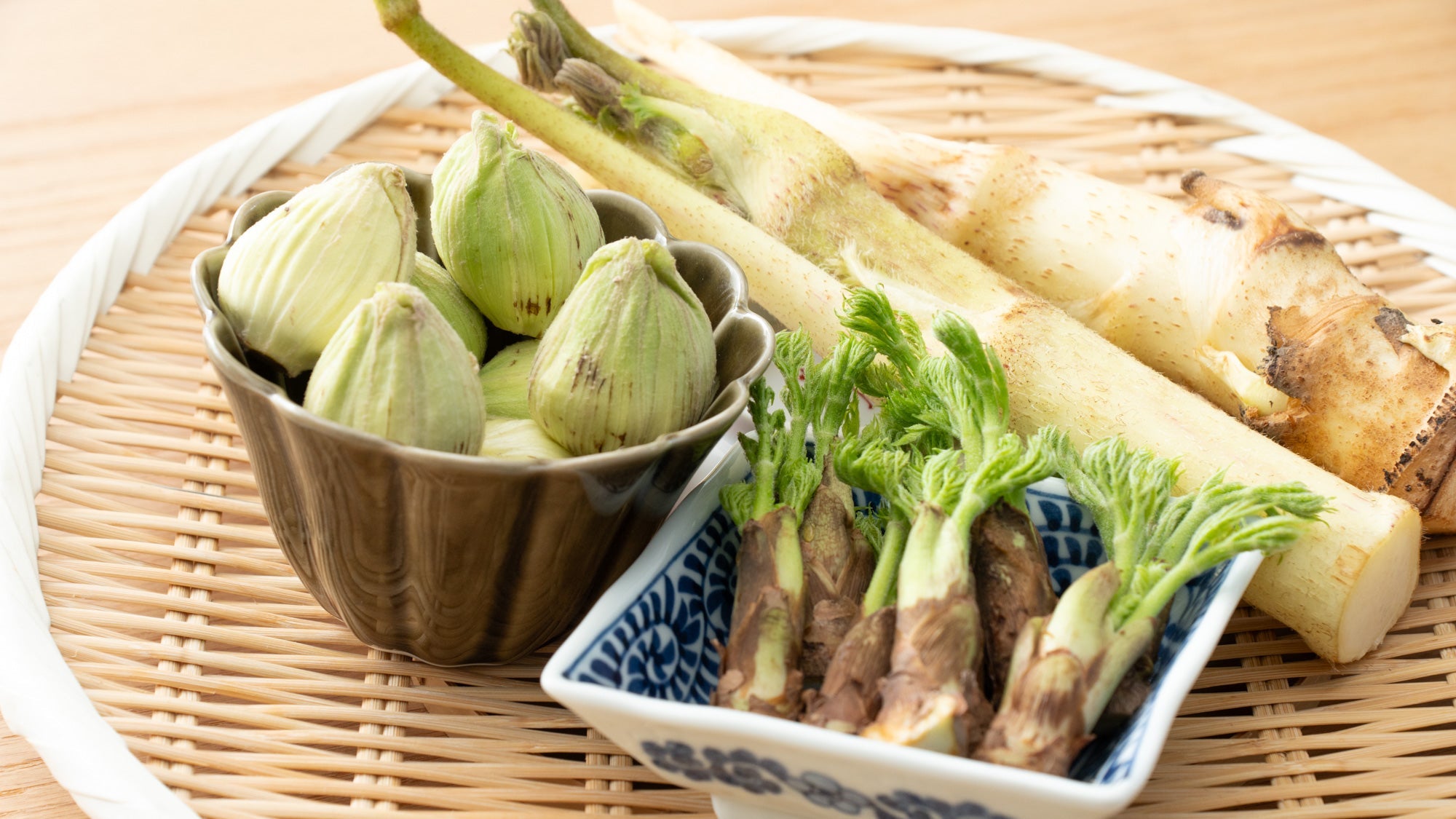

Leave a comment
This site is protected by hCaptcha and the hCaptcha Privacy Policy and Terms of Service apply.